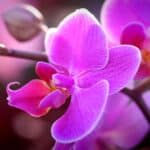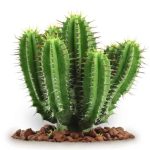Squirrels are among the most cunning critters you'll come across in your garden. These scavengers are everywhere and will get into practically everything.
They not only damage flower beds, but they are also frequently responsible for missing bird feed, missing veggies or fruits from your garden, and holes found throughout your property.
The good news is that there is a natural way to repel squirrels by planting certain flowers the scavengers hate.
But what flowers do squirrels hate? Well, some of the flowers that will always scare away squirrels from your garden are daffodils, Allium, bleeding heart, irises, fritillary flowers, etc.
Table of Contents
What Flowers Do Squirrels Hate?
1. Daffodils
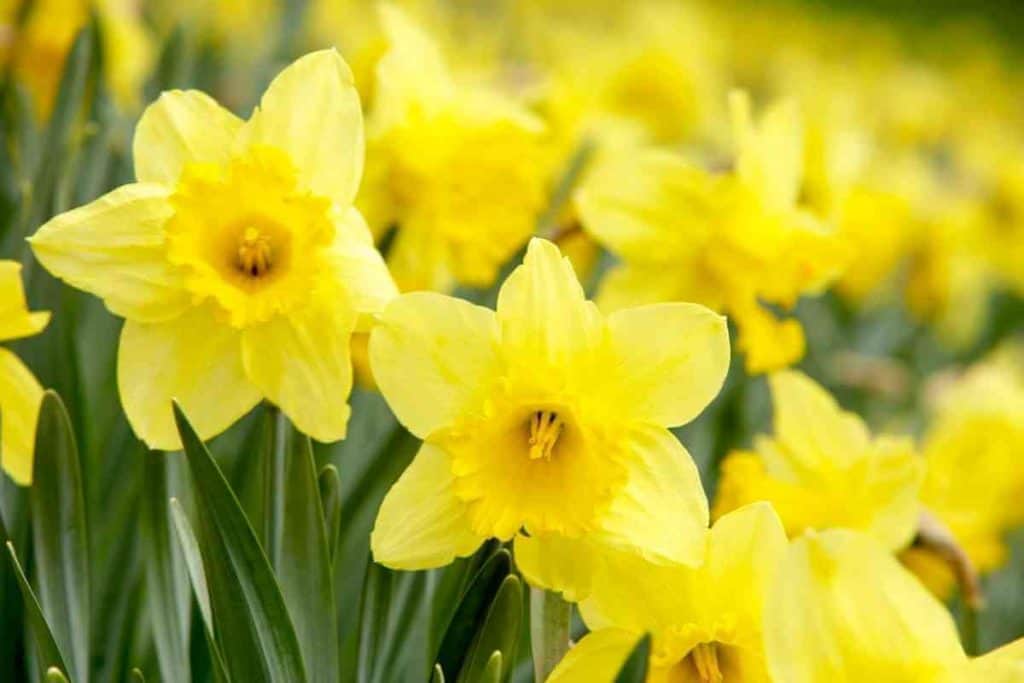
Daffodils are hardy perennials in USDA hardiness zones five and up and are relatively easy to plant, cultivate, and care for. These flowers are available in a number of colors, including orange, yellow, and white.
Squirrels loathe the taste of daffodil bulbs so much that placing them near other bulbs may be enough to keep the other blooms unharmed.
If daffodils are your only squirrel-resistant flower, consider planting these bulbs as a protective barrier for your other flowers.
Read Also: Will Mothballs Keep Squirrels Out Of Flower Pots?
2. Allium
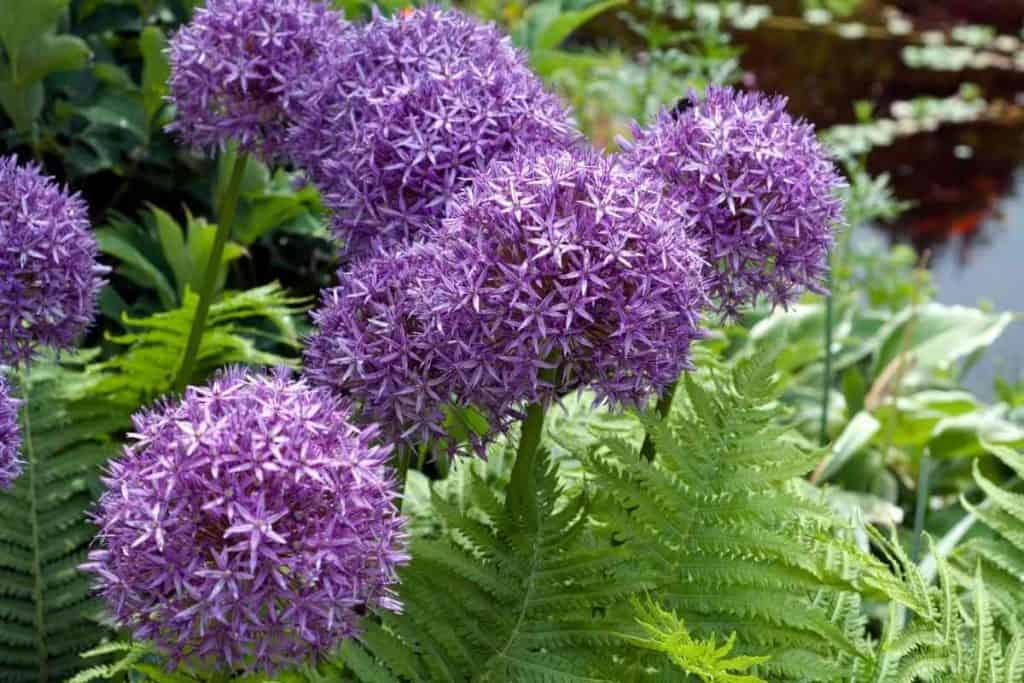
While Allium is widely known as a flower, it is actually a genus that encompasses a wide variety of plants such as garlic and onions—which may explain the pungent odor!
Even the flower variants have a strong aroma that will deter squirrels from damaging your garden.
3. Bleeding Heart
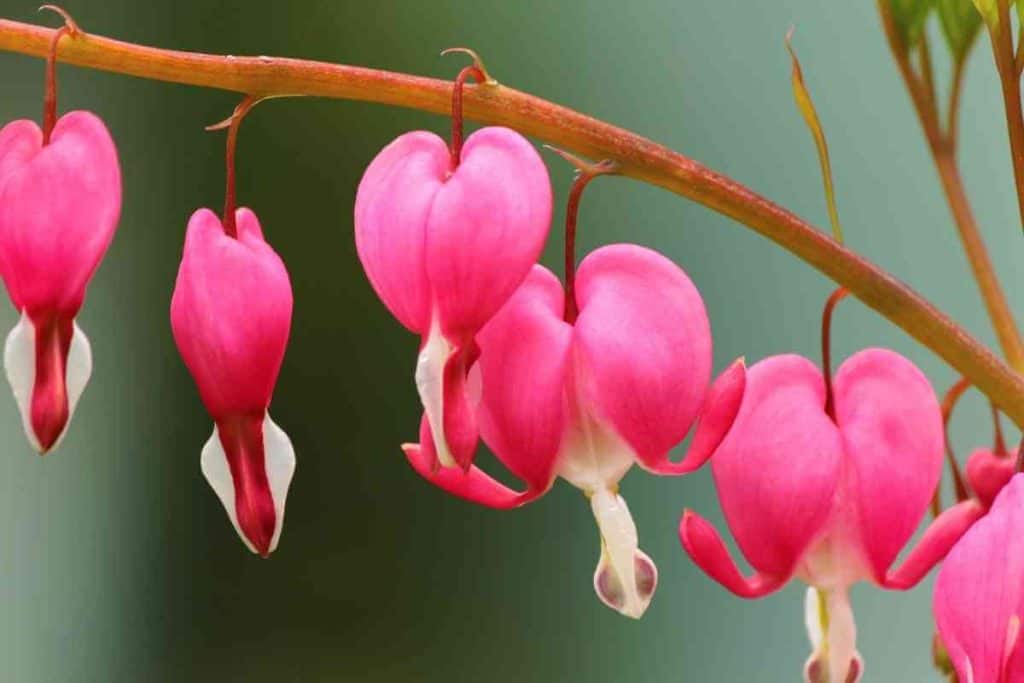
Bleeding hearts are a one-of-a-kind addition to any flower garden and can be grown as perennials in zones three through nine.
These flowers have eye-catching heart-shaped blossoms that are recognizable unlike any other flowers in your garden.
While bleeding heart flowers cannot safeguard other flowers in your garden, they will almost certainly be protected from squirrel harm.
These flowers are available in red, pink, white, and yellow, and they make great pollinators since they attract birds and butterflies.
4. Irises
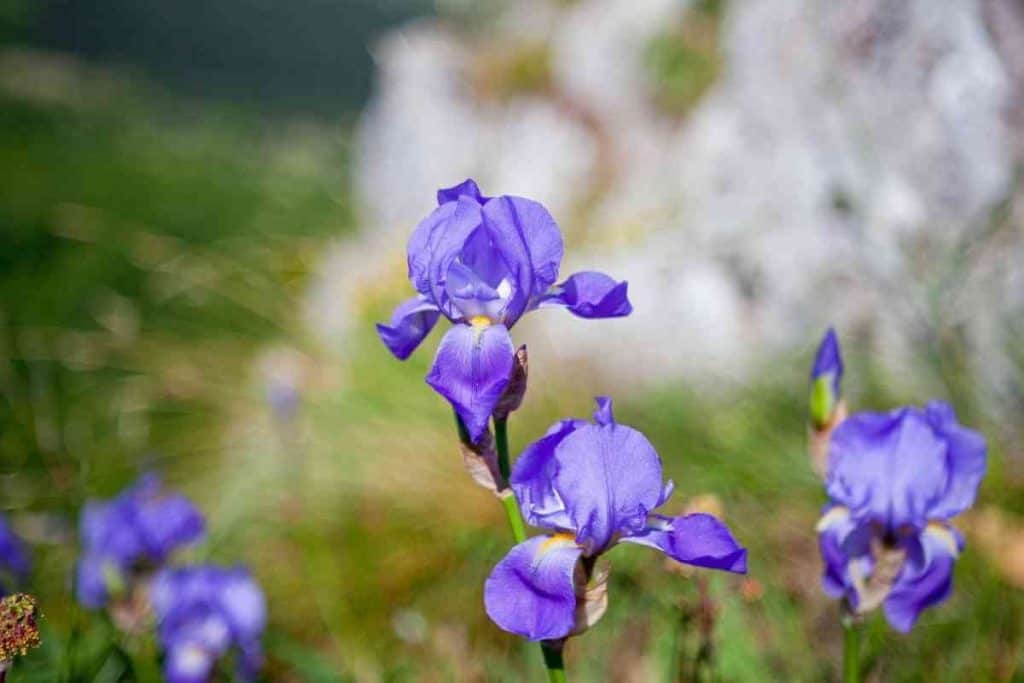
Irises can be grown as perennials in USDA hardiness zones three through nine. Irises are known for their minimal requirements, making them simple flowers to grow.
Irises, while squirrel-resistant, can be targeted if placed in a group of other squirrel-resistant flowers. This is because irises do not necessarily taste awful to squirrels, but they also do not taste very nice, making them a viable option only when squirrels are particularly hungry.
These flowers are available in a broad range of hues, including pink, purple, red, orange, yellow, white, and blue, as well as combinations of these colors.
Read Also: Will Woodpeckers Kill Tree?
5. Fritillary
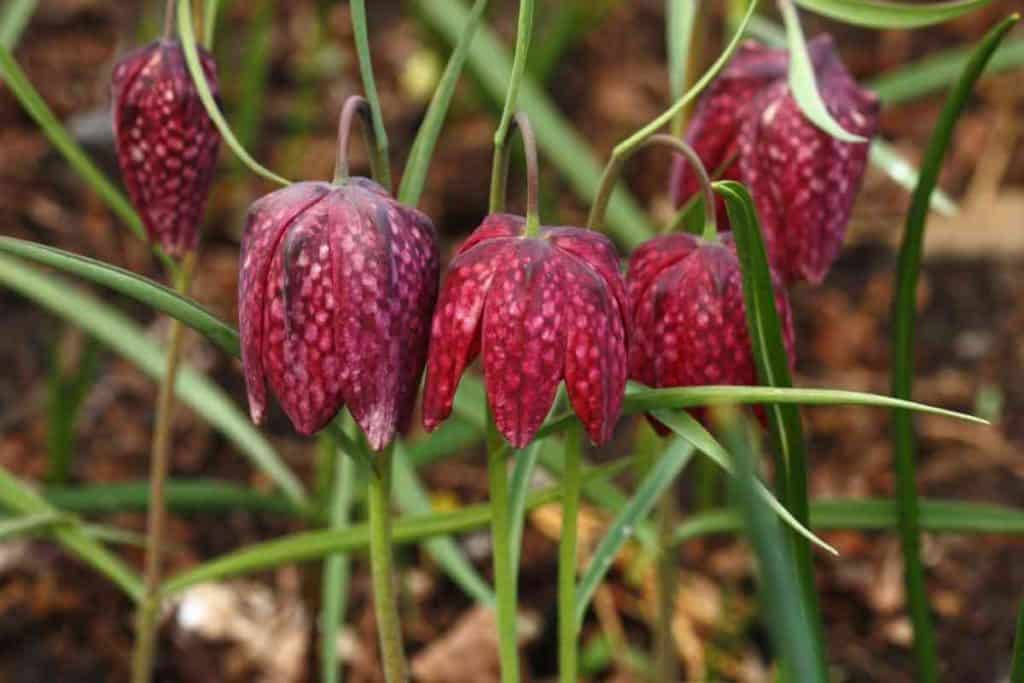
Most fritillary cultivars can be grown as perennials in USDA hardiness zones five through nine, although they can also grow as annuals in warmer and cooler climes.
The blooms are bell-shaped and hang down from the stems as a bell might.
While fritillary flowers are not usually found in gardens, they are incredibly efficient in stopping squirrels from eating them and keeping them out of your garden entirely.
Fritillary flowers come in a wide range of colors and scents, and they are all squirrel resistant due to their powerful fragrance. Simply put fritillary flowers throughout your flower beds or surrounding your garden beds to keep squirrels away.
Fritillary flowers are available in maroon, green, vivid yellow-green, and black.
6. Galanthus
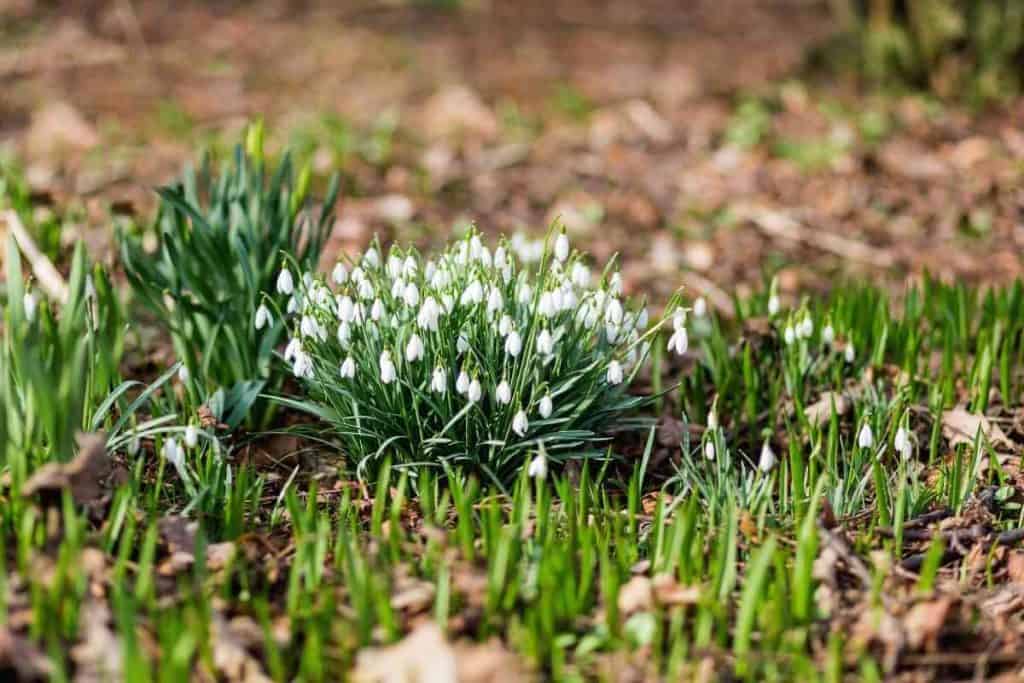
Galanthus is a genus of perennial bulbs with dozens of varieties and cultivars that bloom in the spring. This flower is capable of making a definitive statement in your garden from late winter to early spring since they bloom before practically everything else.
Apart from beautifying your garden, the Galanthus flower is an effective squirrel-repellent plant due to the odor it generates. Even the bulbs emit a scent that keeps squirrels away while being pleasant to the human nose.
7. Dianthus
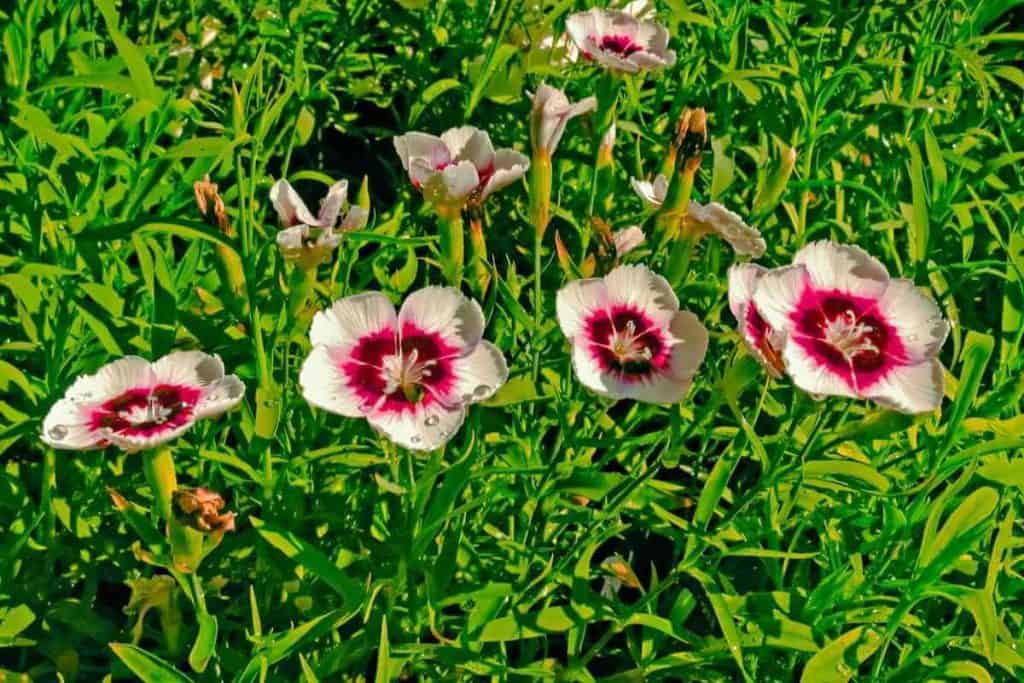
Most dianthus cultivars are perennial, while others are biennial (this means they grow in the first year and bloom in the second year.) The majority of these types thrive in USDA hardiness zones three through nine. These blooms are typically exclusively seen in pink.
Dianthus is a common squirrel deterrent plant as they have a mild aroma that squirrels dislike. Note that in dire circumstances, squirrels can feed on this flower because they are not as unappealing as many other squirrel-resistant flowers.
8. Goldenrod
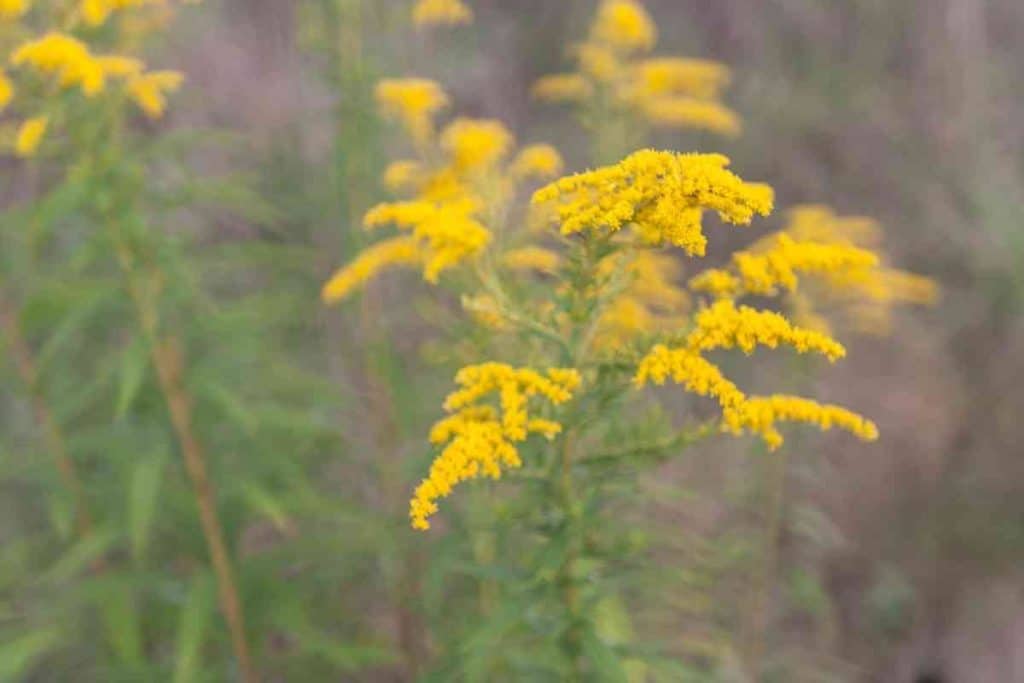
Goldenrod is a herbaceous perennial that belongs to the Aster family. These flowers are native to North America and are hardy in growth zones four through nine.
They are only available in one color - a yellowish-gold. The flower also attracts pollinators like bees and butterflies.
Goldenrod has evolved to be resistant to most mammals, including squirrels. Squirrels will avoid the blooms and foliage because they have an unpleasant taste.
Although these blooms are often seen as a wildflower growing in fields, they can be planted in or around a flower garden to provide a protective barrier for your other flowers from surrounding squirrels.
9. Lily of the Valley
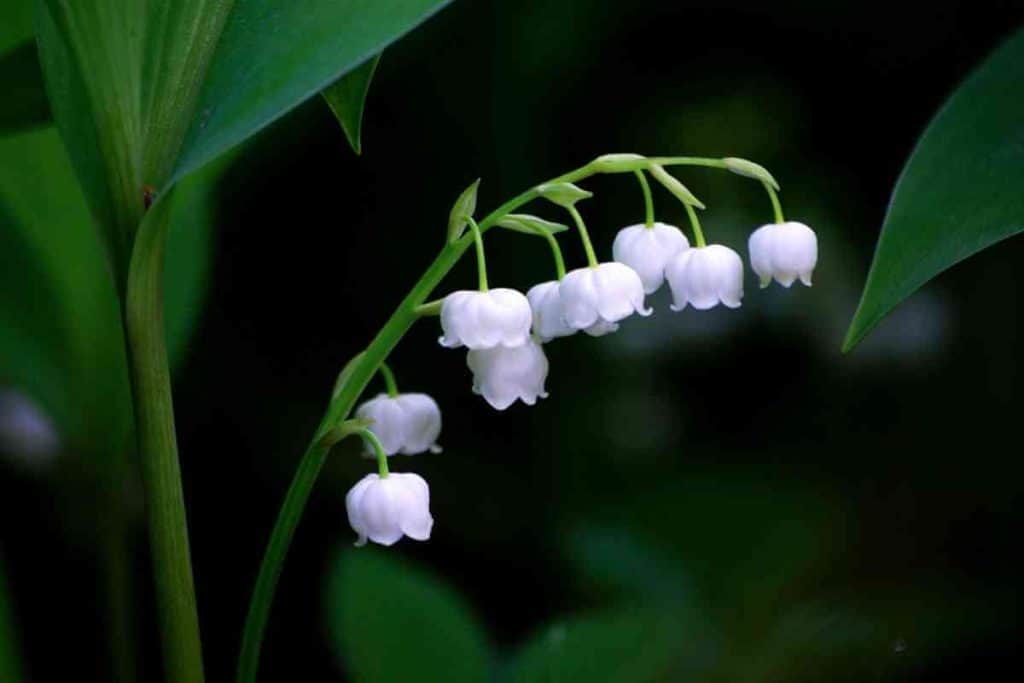
Growing lily of the valley blooms is an easy task, especially for a seasoned gardener. These flowers are perennials that thrive in USDA hardiness zones three through seven and thrive under shade or partial shade.
The traditional lily of the valley blossoms is white, although there are some pink variants.
This flower will not only beautify your garden, but they are also squirrel-resistant. The main defense of these flowers against squirrels is their intense aroma, which squirrels and most other mammals despise.
Squirrels can perceive this flower from a long distance away, thus entirely keeping them out of your flower garden. The foliage of lily of the valley blossoms is equally unappealing to animals.

